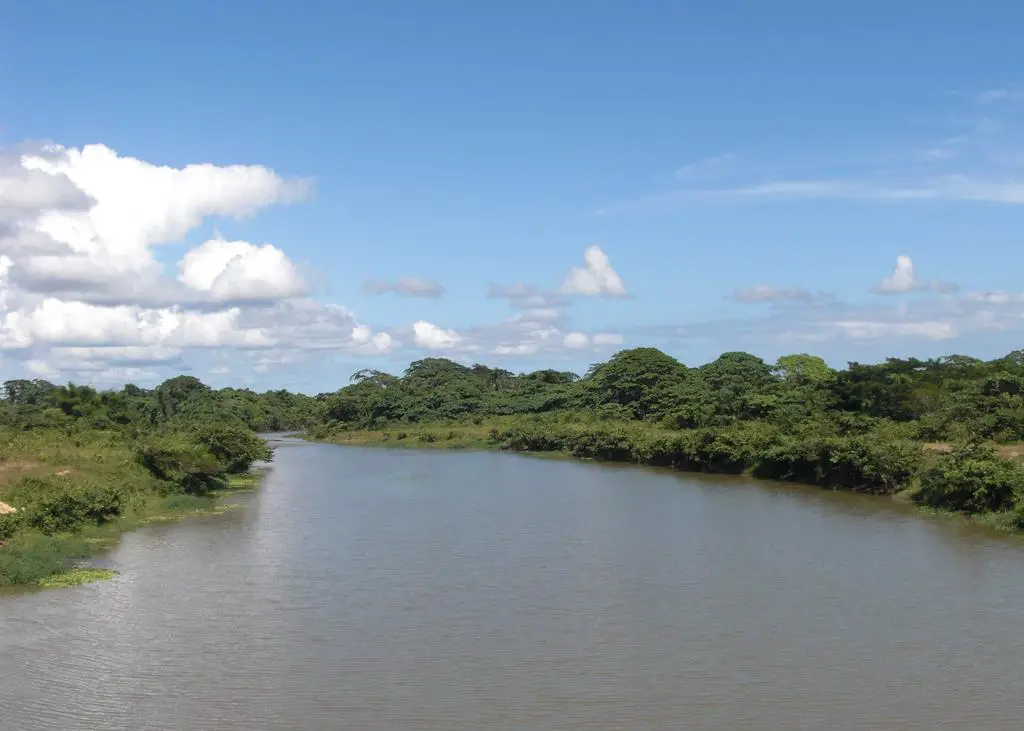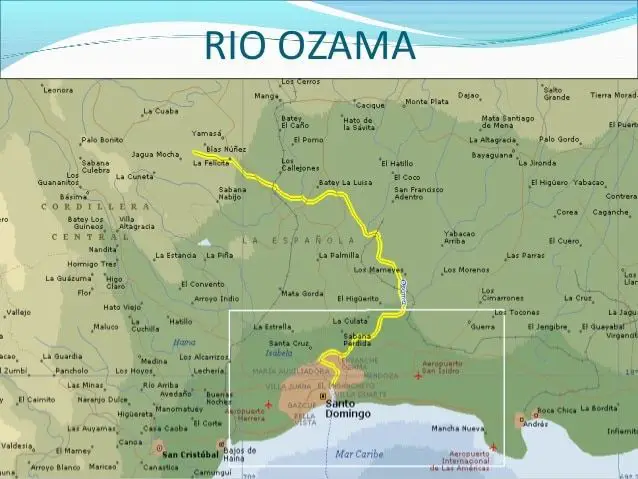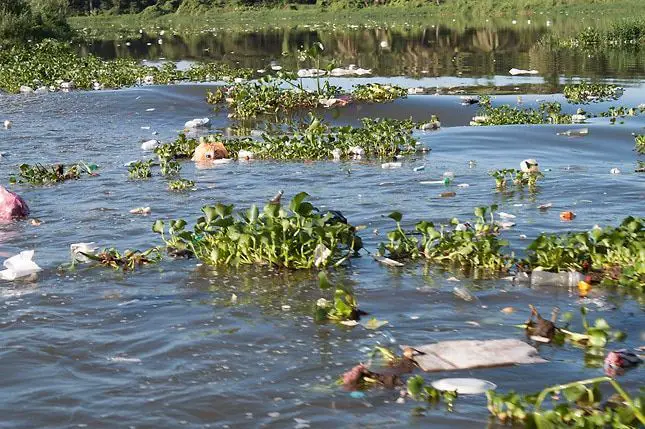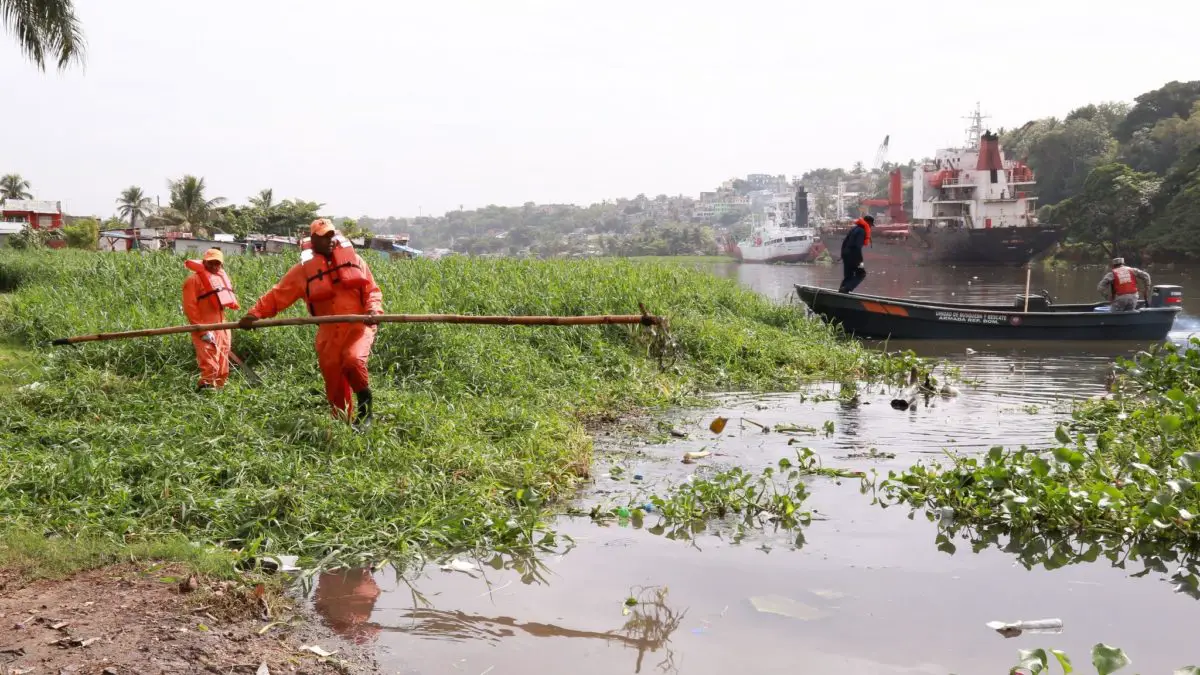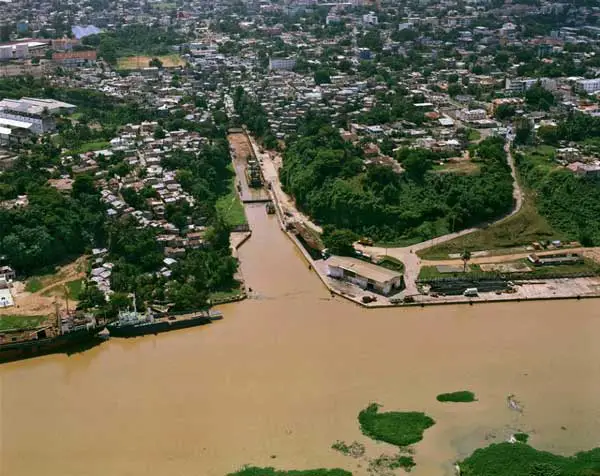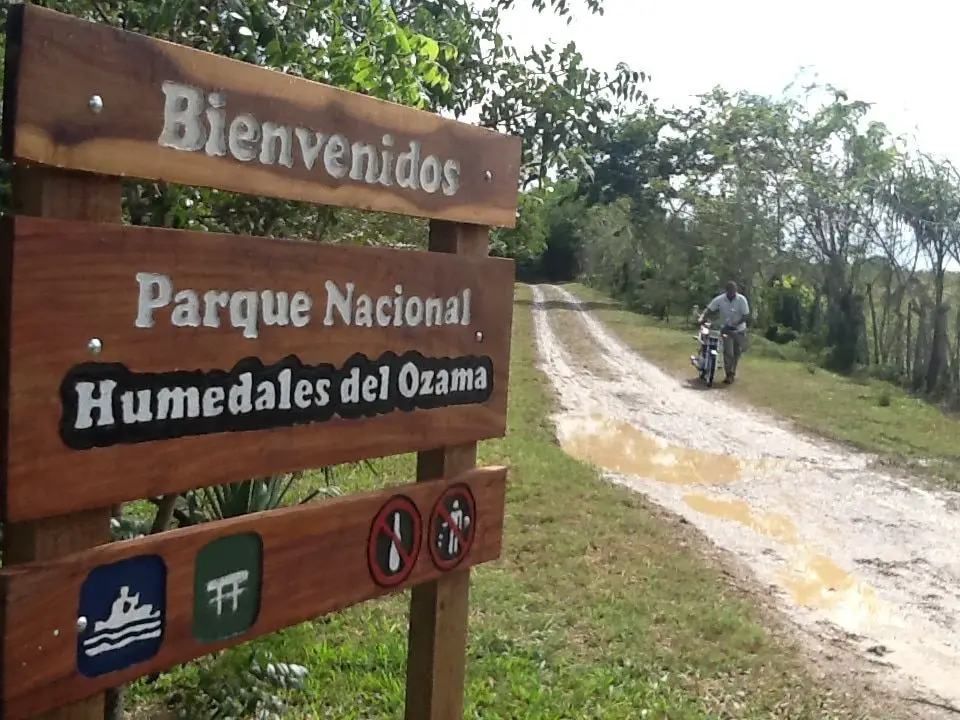Rivers are a source of life, you want to know about the Ozama River, I invite you to read and you will know everything about the Ozama River, which is the fourth most important river in the Dominican Republic, but pollution is about to end it.
Located in the Dominican Republic, the Ozama River has its source in Loma Siete Cabezas, in the Sierra de Yamasá, and ends its journey in the Caribbean Sea. This majestic river is of great importance to the country, although it ranks fourth in importance due to its depth, it unfortunately ranks first in pollution.
It has a length of one hundred and forty-eight kilometres and a surface area of two thousand six hundred and eighty-six square kilometres. It is fed by three rivers: the Isabela, to the north of Santo Domingo; the small La Savita, in Monte Plata; and the Yabacao, in Santa Domingo, which is the main source.
The waters of the Ozama River are of great use in agriculture, especially in the planting of sugar cane.
With the map you can get an idea of the route the Ozama River takes, the cities it visits and why it is catalogued as the most polluted.
Pollution of the Ozama River
The state of the Ozama River is alarming; its high level of pollution is the result of years of waste accumulation without any treatment.
One of the Ozama’s tributaries is the Isabela River, one of the most polluted in the country, and all of this water reaches the Ozama and increases its pollution level, bringing with it sewage, waste from the slaughterhouses that line its banks, industrial waste such as oils, acids and chemical waste (see article: Tamega River).
This situation has worsened over the years, since 2012 working tables have been set up, but in reality there are not many hands to work, in 2014 a private company with intentions to invest in a tourism project in the area collided head on with the high level of contamination of the basin.
The only way to solve the problem is for the government to invest millions of dollars to clean up the water, first of all by eliminating the sewage or faecal matter dumped by the urban developments that surround the Ozama, as they are slums and do not have sewers.
Then there are the industries that do not have treatment plants and dump all the chemical and organic waste they produce into the river, as well as the hydroelectric plants that mix water with oil during start-up and maintenance.
It is unfortunate that the high level of pollution is preventing the development of these tourist projects, as one of the country’s main sources of income lies along this route. Experts claim that the level of garbage in the river is so high that it would be impossible for a yacht or cruise ship to navigate the Ozama River because there is so much garbage that could get stuck in the propellers and cause major problems (see article: Pantepec River).
Experts have determined that the Ozama River is six times more polluted than it should be. The Ozama River, because of its great flow and depth, is in the range of four to five milligrams per litre of pollution, and it is at twenty-five milligrams, which implies a very high level of contamination.
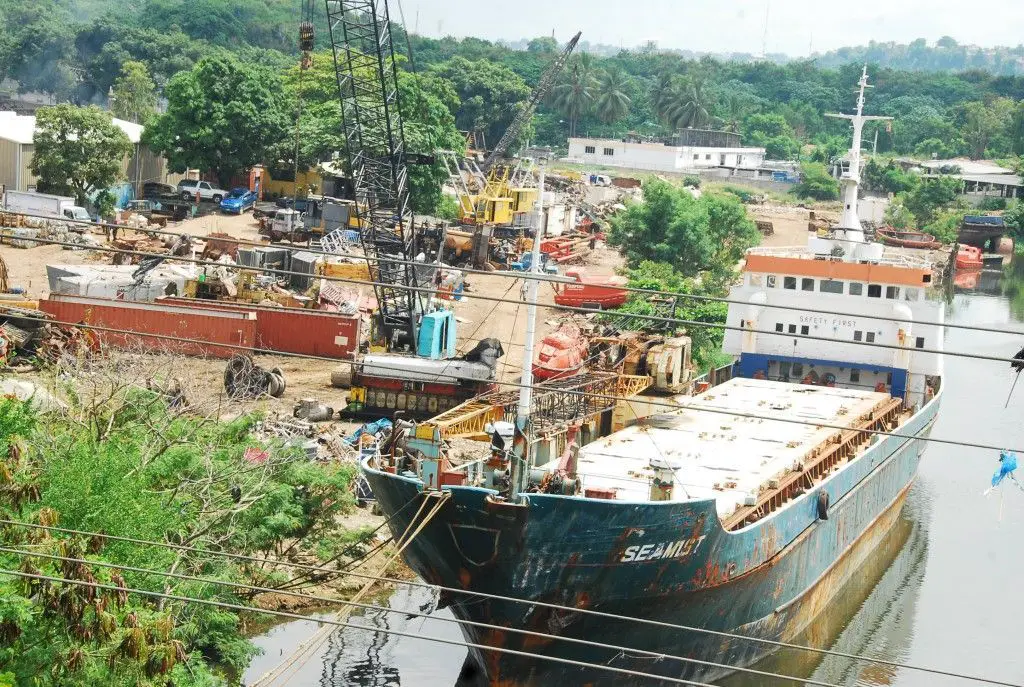
Ozama River Santo Domingo
The Ozama River reaches the Caribbean Sea in Santo Domingo, where the port of Santo Domingo is located. This giant of the waters, despite its pollution, can still offer us its wonders, we are talking about the Ozama Wetlands National Park.
When the Ozama River reaches Santo Domingo, it forms a backwater and there it forms the largest and most important wetlands in the country. It was declared a national park in 2002 and a protected area in 2004. Restoration work began in 2009.
In 1977, the second of February was declared Wetlands Day, and since 2014, sports and recreational activities have been held to celebrate this day. Inside the park is the Manatee Lagoon, where boats are available for a small fee (see article: Río Yaque).
The park is not very well visited as it is not well known and the access road is a bit uncomfortable as it is not asphalted.
Below is a short report on the state of the Ozama River.

